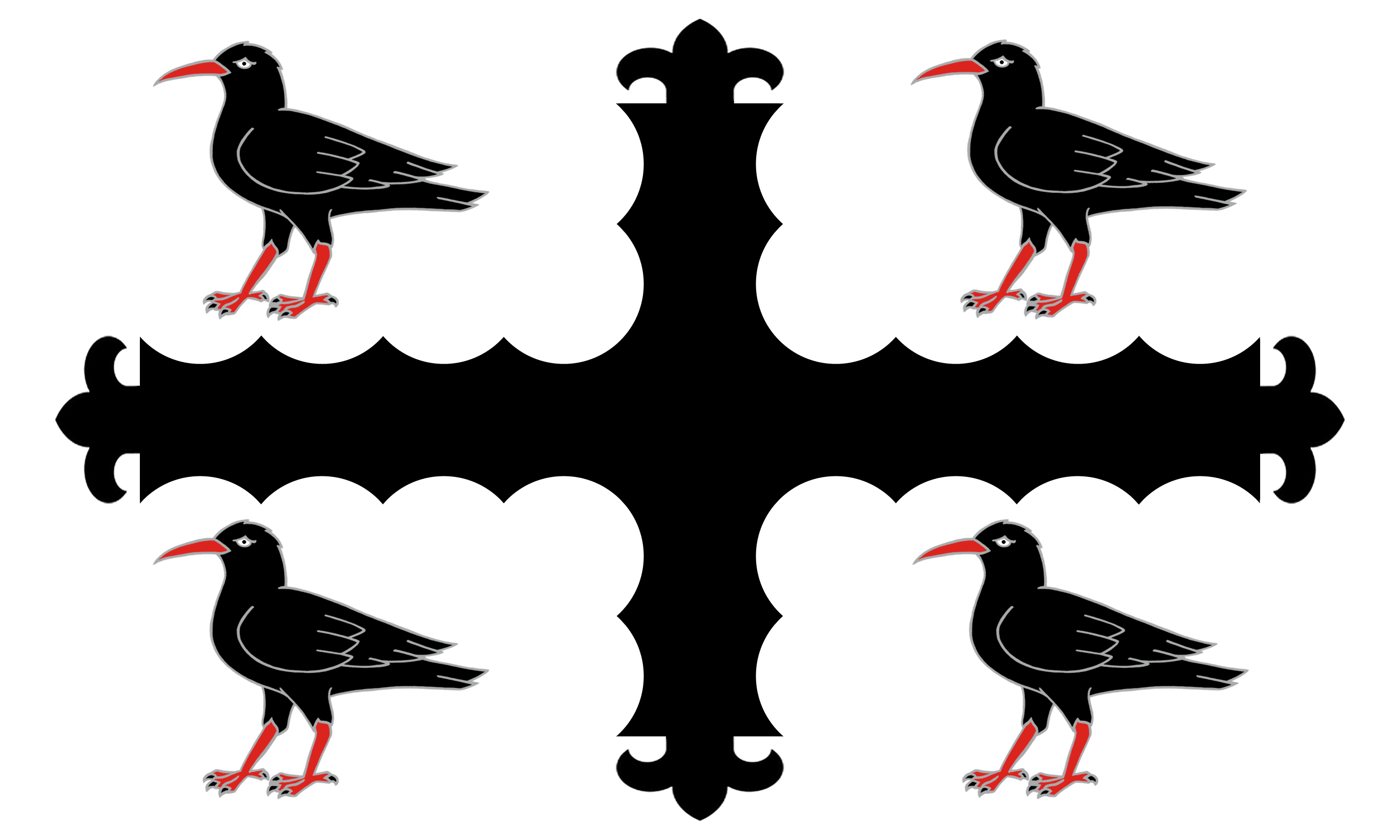Flintshire (Sir y Fflint) is a small county, one of the smallest in Britain. It is comprised of three parts. The main body of Flintshire lies along the Dee estuary, opposite the Wirral. A smaller part, known as Maelor Saesneg, projects between Cheshire and Shropshire, separated from the main body of its county by a tract of Denbighshire. Between these two lies a small portion wholly surrounded by Denbighshire.
St Asaph, on the River Clwyd, is a small town but is a cathedral city, the seat of the ancient bishopric of St Asaph, which in the early Middle Ages was the spiritual centre of the Kingdom of Powys.
The Flintshire coast is marked with affordable holiday resorts, notably Prestatyn and Rhyl. Elsewhere Flintshire has secondary industrial and distribution centres amidst what is otherwise rural countryside. In the centre of Flintshire is a backbone of modest hills, the Clwydian Range and in the western edge of the county the Clwyd Valley.
County Facts
County Town: Mold
Main Towns: St Asaph, Bodelwyddan, Buckley, Connah’s Quay, Dyserth, Flint, Holywell, Overton, Prestatyn, Rhuddlan, Rhyl, Mold.
Main Rivers: Clwyd, Elwy.
Highlights: St Asaph Cathedral; Bodelwyddan Castle; St Winefride’s Well, Holywell; Flint Castle; Ewloe Castle; Rhuddlan Castle; Maen Achwynfan (Sone of the Place of Sorrow), Whitford.
Highest Point: Moel Fammau, 1,820 feet.
Area: 256 sq miles
County Flower: Bell Heather



